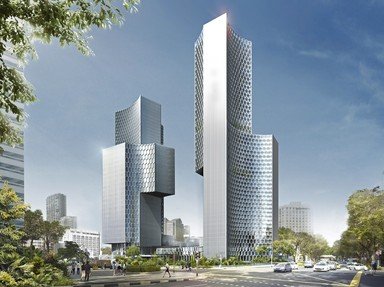Quiz Answer Key and Fun Facts
1. What architectural feature of a Thai Buddhist temple is the source of its Thai name, 'wat'?
2. One of the central buildings of a Thai wat is a building called a chedi, a bell-shaped structure that contains which of the following sacred items?
3. The most sacred area of a Thai wat is the ubosot, or bot for short. What structural feature surrounds this building?
4. What is the most significant difference between a bot and a wihan in a Thai wat?
5. What kind of structure is the sala kan parian, used for instruction of the laity, among other purposes?
6. The library (ho trai) of a wat contains sacred scriptures called Tipitaka. The building is often on columns, to protect the scriptures from insects. On what material were the scriptures traditionally written?
7. The library of a wat is often a cubical building with a pyramid-shaped roof supported on pillars. What is the name for this style of building?
8. Moving to the Sangkhawat, the part of the temple where non-sacred buildings are located, we will always find some form of kuti. What is the best description of a kuti?
9. The bell tower (ho rakhang) of a wat may be located in either the Sangkhawat or the Phutthawat, and can be made of a range of materials and in a variety of shapes. What is its primary purpose?
10. The roof decorations (finials) of the buildings in a Thai wat often include a chofah, a large curving shape that is said to suggest a bird. What bird, usually associated with the Hindu god Vishnu, is it commonly believed to represent?
Source: Author
looney_tunes
This quiz was reviewed by FunTrivia editor
ponycargirl before going online.
Any errors found in FunTrivia content are routinely corrected through our feedback system.
